Passage of the Lend-Lease Program - FDR's Wartime Speeches
The Lend-Lease policy, formally titled An Act to Promote the Defense of the United States (Pub.L. 77–11, H.R. 1776, 55 Stat. 31, enacted March 11, 1941), was a program under which the United States supplied the United Kingdom (and British Commonwealth), Free France, the Republic of China, and later the Soviet Union and other Allied nations with food, oil, and materiel between 1941 and August 1945. This included warships and warplanes, along with other weaponry. It was signed into law on March 11, 1941, and ended in September 1945. In general the aid was free, although some hardware (such as ships) were returned after the war. In return, the U.S. was given leases on army and naval bases in Allied territory during the war. Canada operated a similar smaller program called Mutual Aid.
A total of $50.1 billion (equivalent to $565 billion in 2018) worth of supplies was shipped, or 17% of the total war expenditures of the U.S.[2] In all, $31.4 billion went to Britain, $11.3 billion to the Soviet Union, $3.2 billion to France, $1.6 billion to China, and the remaining $2.6 billion to the other Allies. Reverse Lend-Lease policies comprised services such as rent on air bases that went to the U.S., and totaled $7.8 billion; of this, $6.8 billion came from the British and the Commonwealth. The terms of the agreement provided that the materiel was to be used until returned or destroyed. In practice very little equipment was returned. Supplies that arrived after the termination date were sold to Britain at a large discount for £1.075 billion, using long-term loans from the United States. Canada's Mutual Aid program sent a loan of $1 billion and $3.4 billion in supplies and services to Britain and other Allies.[3][4]
Lend-Lease effectively ended the United States' pretense of neutrality which had been enshrined in the Neutrality Acts of the 1930s. It was a decisive step away from non-interventionist policy and toward open support for the Allies. Roosevelt's top foreign policy advisor Harry Hopkins had effective control over Lend-Lease, making sure it was in alignment with Roosevelt's foreign policy goals
Originally broadcast March 8, 1941
-
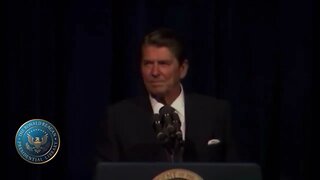 4:39
4:39
Patriot In The Dark
10 months ago🗽 America, Prepared for Peace Pt 1 – Veterans of Foreign Wars – Ronald Reagan 1984 * PITD
28 -
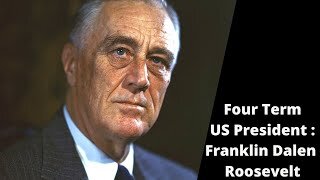 4:19
4:19
5Crown
1 year agoFranklin Daleno Roosevelt Four Term US President
100 -
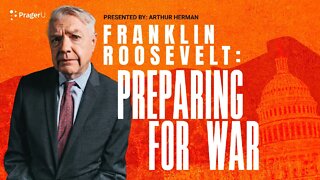 5:40
5:40
PragerU
1 year agoFranklin Roosevelt: Preparing for War
4481 -
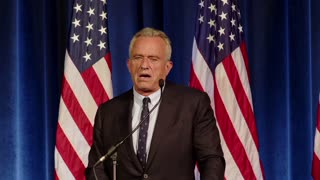 35:45
35:45
Truth Tower with Matthew Tower - formerly RFK All The Way
1 year agoRFK Jr.'s Peace and Diplomacy Speech June 20 2023 | Robert F Kennedy Jr
24.4K117 -
 6:00
6:00
Wisdom
1 year agoTheodore Roosevelt's SUCCESS Lessons That CHANGED My Life.
20 -
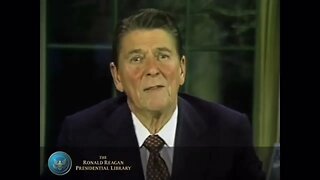 7:34
7:34
Patriot In The Dark
1 year agoPeace, National Security and Defense Budget — ☢️ Truth Part 2 — #RonaldReagan 1983 * PITD
5 -
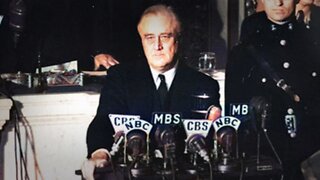 34:54
34:54
Forgotten History Channel
9 months ago $0.19 earnedMOST CORRUPT III: Franklin D. Roosevelt FDR - Part 1 - Forgotten History
1.11K7 -
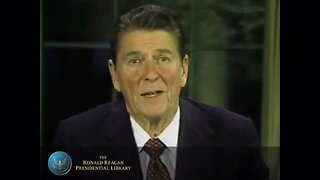 9:47
9:47
Patriot In The Dark
1 year agoPeace, National Security & the Defense Budget — ☢️ Truth Part 1 — Ronald Reagan 1983 * PITD
36 -
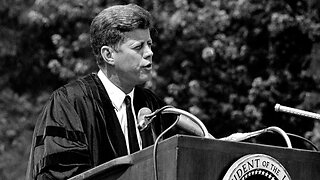 1:09:59
1:09:59
JustRightMedia
11 months agoPeace For All Time: Reflections on John F. Kennedy's Peace Speech | Salim Mansur
1.16K -
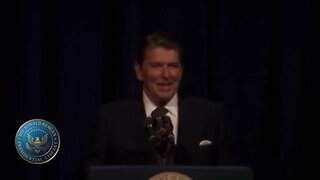 4:32
4:32
Patriot In The Dark
10 months ago⚔️ America, Prepared for Peace Pt 2 – Veterans of Foreign Wars – Ronald Reagan 1984 * PITD
87